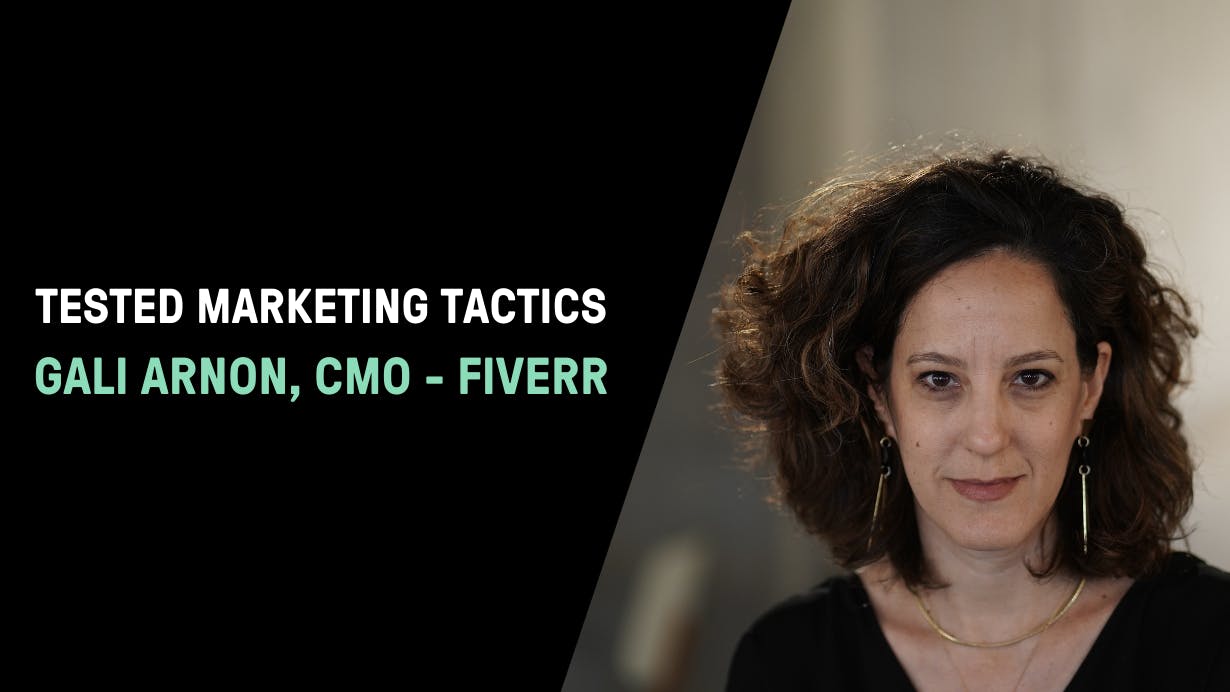
What happens to an industry’s potential when half its talent is pushed to the margins?
As part of International Women’s Day, we assembled an expert panel who discussed the challenges of working in a male-dominated industry and why embedding gender diversity into tech culture is so important.
The event was moderated by professional business coach, Amy Bett. Amy was joined by:
Gretchen Scott, Community Manager - Cloudflare | Director - Women Who Code Melbourne
Linda Lai, Full-Stack Developer - Zendesk. | Chapter Lead – Muses Code JS
Jacqui Loustau, Founder - Australian Women in Security Network. | Principal Security Consultant – Cynch Security
The panel also gave us their reaction to two polls taken live by our audience.
The importance of diversity
The panellists all recognise that creating diversity in tech is a broader issue than gender alone. Building inclusive environments that embrace and encourage all currently under-represented minorities is a question of both ethics and good business.
As Gretchen explains, tech is in practically every aspect of our lives, but it’s built largely by a homogenous group which results in products that are not completely fit for purpose. If tech companies were more diverse perhaps mapping tools would show wheelchair accessible routes, or ones with street lamps after dark. “Building a product that suits everyone has to be more profitable”.
Linda expands on this, pointing out that the process of “retroactively” fixing products with accessibility issues can be a hugely expensive and time-consuming process. Having a diverse and culturally representative team can help iron out such oversights during the research and development stages.
“If we’re not including diversity in decision making, we’re just building sub-standard products”.
Poll 1: Where is your organisation in relation to embedding a diverse culture?
- Awareness: 45%
- Engagement: 18%
- Embedded: 27%
- Haven’t thought about it: 9%
While Gretchen and Linda were both pleasantly surprised by the relatively high Embedded score, neither were shocked that *Awareness *came top.
In Gretchen’s experience, while many companies recognise the importance of promoting diversity in the workplace, they tend to get stuck in the awareness stage – often due to a lack of women in leadership positions.
At Zendesk, Linda points to mindset changes and revised recruitment practices as key components in creating workplace diversity, with the number of women in their tech team growing from five to sixty over the past five years.
Jacqui echoes this point, having observed several start-ups embed a diverse recruitment strategy from the very start, quite often subconsciously. As Gretchen puts it: “setting the culture from day zero is so important”.
Poll 2: What are the biggest challenges when it comes to gender diversity in your workplace?
- They don’t take it seriously: 13%
- They don’t understand the business impact if gender diversity was ignored: 25%
- They aren’t reporting bad cultural behaviours: 38%
- No challenges, our people are all over it: 25%
Linda has found that most “bad cultural behaviours” come in the form of micro-aggressions – seemingly minor comments, often unconscious language choices, which, when repeated regularly can have a damaging impact. “Lots of people aren’t even aware that the language they use inhibits inclusivity.”
When speaking at tech events, Gretchen often feels a palpable difference in the way she and her male contemporaries are addressed. “Having to qualify yourself before you are heard is exhausting. It can have a big impact on confidence”. Similarly, in the early stages of her career Jacqui experienced several meetings where she felt the need to continually demonstrate her credibility or risk being overlooked.
The tech industry is notorious for its jargon, which is not always easily translatable, making it a real barrier to entry for currently underrepresented groups. As Gretchen explains this can create “an unintentional arrogance and roadblocking of people whose voices need to be heard”.
Linda agrees, highlighting language change as a crucial, but often overlooked subject. Zendesk and others have started tackling the problem by incorporating accessibility tools in their internal messaging systems, which highlights and educates users on any non-inclusive language used.
Support Groups
While there is no single solution to the issues discussed, one thing our panellists all agree on is the importance of solidarity.
As Linda explains, women in tech talk – there is so much support available through online communities. Reach out, find a group that’s right for you and they will help you decide which companies are worth your time.
“Remember, in many ways the tech industry needs you more than you need them.”
Next steps
You can watch the full discussion on our YouTube channel.
Join Stone & Chalk’s mailing list to stay up-to-date.
Don’t miss out on our 42-page Capital Raising Guide for startups. This guide explains funding stages, financing methods, pitching and government initiatives. It also contains additional resources and capital raising case studies. Download your free guide now!